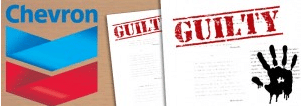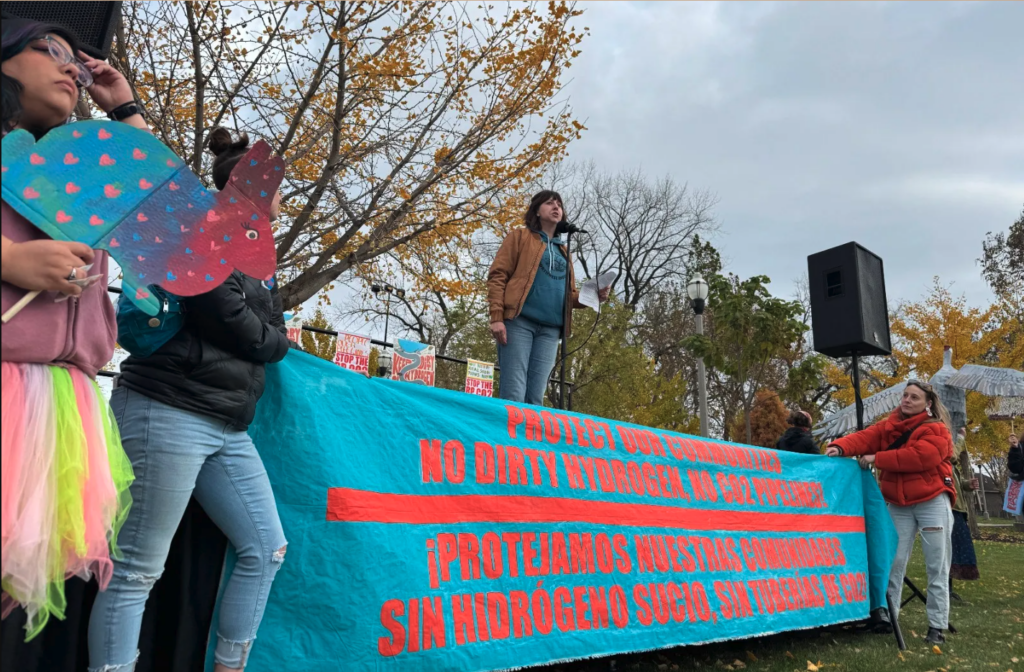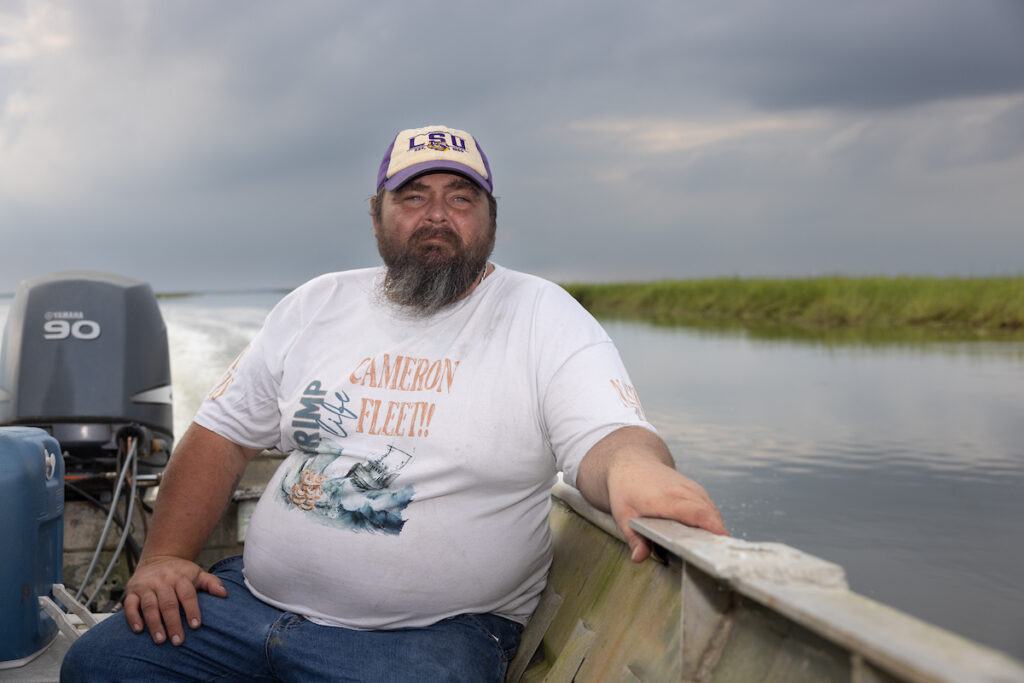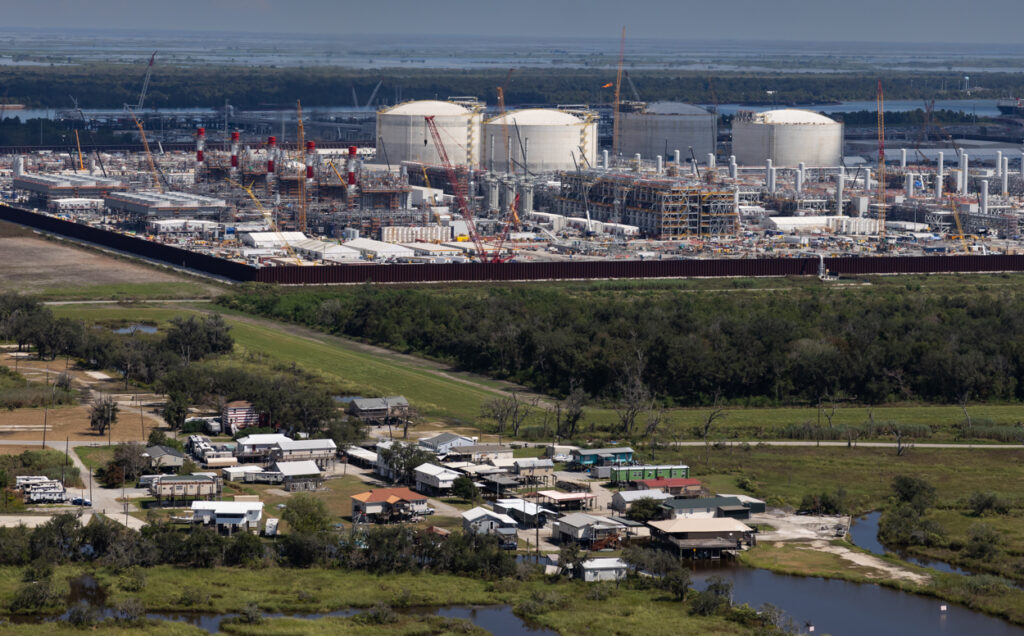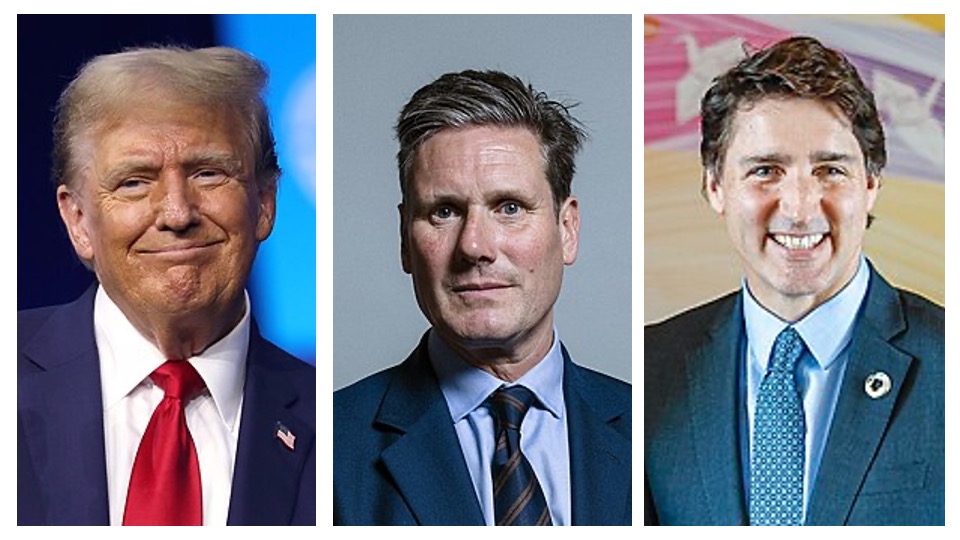Great news today in the ongoing legal battle over the oil giant Chevron’s destruction of the Amazon.
Mike G reports on The Understory blog at Rainforest Action Network that an appeals court in Ecuador has just upheld the $18 billion decision against Chevron for its massive oil pollution in the Amazon.
Ecuador court upholds $18 bln ruling against Chevron
LAGO AGRIO, Ecuador Jan 3 (Reuters) – An Ecuadorean appeals court on Tuesday upheld a ruling that Chevron Corp should pay $18 billion in damages to plaintiffs who accused the U.S. oil giant of polluting the Amazon jungle and damaging their health.
A judge ordered Chevron to pay $8.6 billion in environmental damages last February, but the amount was more than doubled to about $18 billion because Chevron failed to make a public apology as required by the original ruling.
“We ratify the ruling of February 14 2011 in all its parts, including the sentence for moral reparation,” said the ruling issued on Tuesday, which was obtained by Reuters.
Plaintiffs accused Texaco, which was bought by Chevron in 2001, of dumping oil-drilling waste in unlined pits, polluting the forest and causing illness and deaths among indigenous people. They appealed the original court ruling, claiming that more money would be needed for the cleanup.
Chevron had argued that Texaco cleaned up all waste pits for which it was responsible, and said that the Ecuadorean judge in the original case had ignored evidence of fraud on the part of the plaintiffs. (Reporting by Victor Gomez; Writing by Eduardo Garcia; Editing by Daniel Wallis and Paul Simao)
About that cleanup Chevron claims it did:
Chevron Used Secret Lab to Hide Dirty Soil Samples from Ecuador Court, Say Company Documents
Oil Giant Also Duped Its Own Paid Experts To Give False Testimony About Deceptive Sampling

Chevron found no contamination in its testing at this well site in Ecuador.
NEW YORK, Dec. 20 /CSRwire/ – In an ever more stunning expose of Chevron’s fraud before the Ecuador court, a U.S. federal judge has ordered the disclosure of documents that demonstrate Chevron used a secret lab in the United States to hide the existence of dirty soil samples taken from the company’s contaminated former well sites in the Amazon.
The documents also show that Chevron’s scientific experts in the Ecuador trial — one of whom is a respected professor at the University of California — executed a scheme that guaranteed the company would find only “clean” soil samples from contaminated well sites while all “dirty” samples would be sent to a lab called NewFields, where they would not be disclosed to the court.
The existence of the NewFields lab, which is based in Atlanta, was not disclosed by Chevron to either the plaintiffs or the Ecuador trial court before it ruled in February that the company was liable for $18 billion in clean-up damages. Even though Chevron tried to present a false picture of the evidence to the court, the Ecuador judge found that scientific samples from the plaintiffs and other court-appointed experts clearly demonstrated extensive pollution at all of the 94 former Chevron well sites and production stations inspected during the trial.
Chevron executed its deceptive sampling plan by secretly and unilaterally pre-inspecting well sites in the days before court-supervised judicial inspections of the same sites, which were attended by both parties and the judge. Chevron used the pre-inspections to plot areas on ground higher than the contaminated waste pits where soil samples would come up “clean” during the official inspections process. See here and here.
As a general matter, the documents show that only Chevron’s “clean” soil samples were submitted to the Ecuador court despite rampant pollution on the ground and in streams and rivers near all Chevron well sites that were inspected by the parties during the trial, which lasted from 2003 to 2011. As an example, see this photo of Shushufindi 38, a former Chevron well site where Chevron in contrast to the plaintiffs reported that it found no contamination in its soil samples.
Other documents (here and here) show Chevron committed fraud by lying to some of its own technical experts so they would laud the company’s deceptive sampling practices even though they were designed to mislead the court.
At this point, Chevron’s attempts to justify why it won’t take responsibility for its environmental and human rights crisis in the Ecuadorean Amazon are just ridiculous. Given the especially poor job they’ve done in the past, Chevron’ PR folks definitely can’t handle this. So we’ve created this little tool to help you suggest a new ridiculous justification for Chevron’s callous disregard for the health and well-being of the Ecuadorean Amazon communities it has contaminated in its reckless pursuit of profits.
Subscribe to our newsletter
Stay up to date with DeSmog news and alerts


